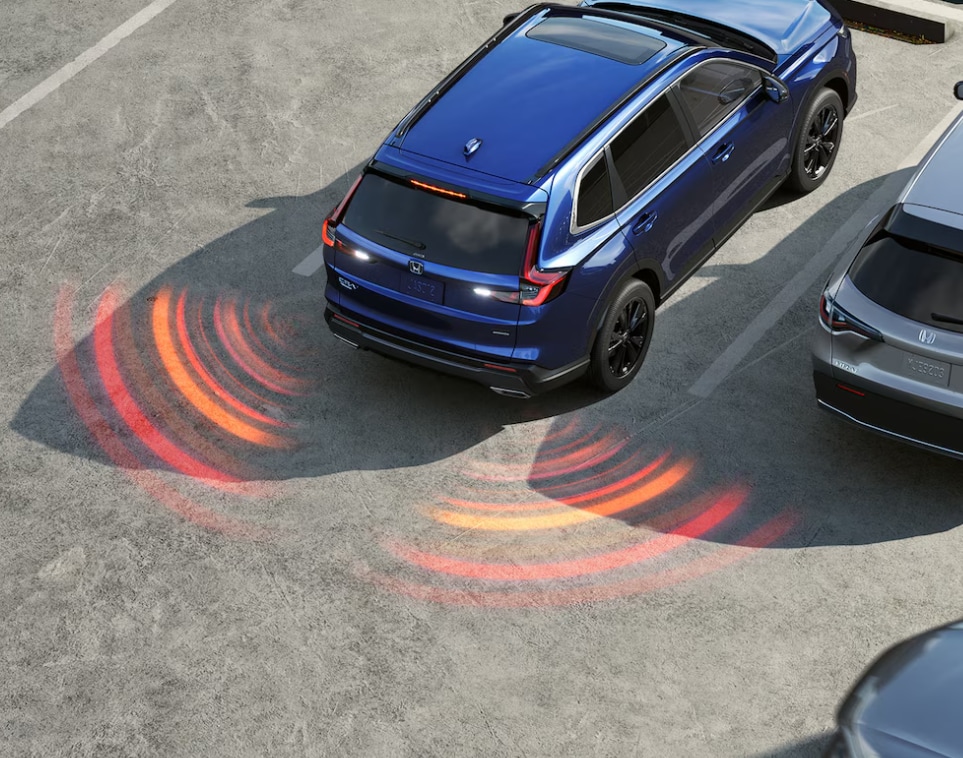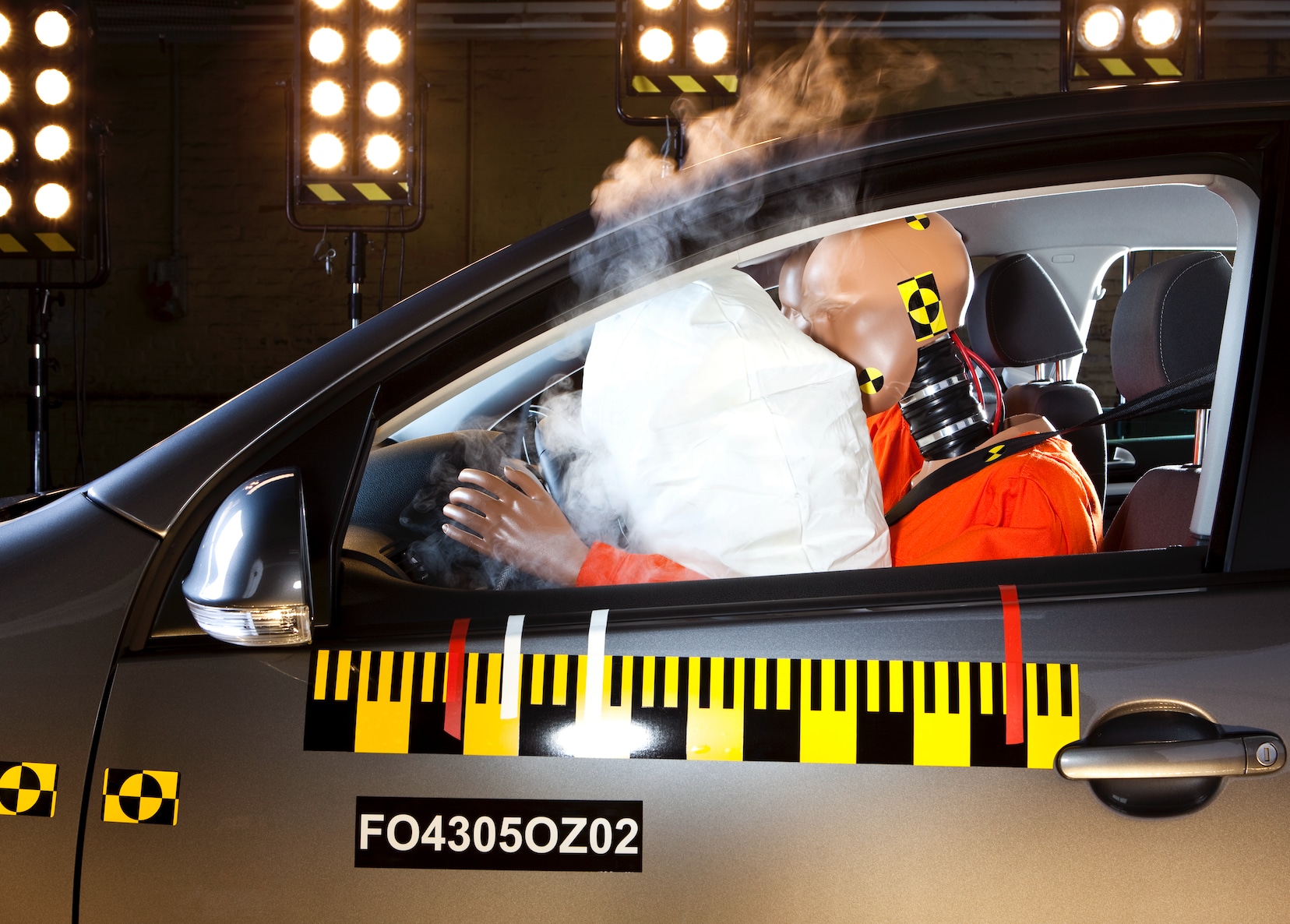To best understand how automobile safety technology has changed over the years, here's a look back at the history of auto safety. When the horseless carriage first appeared in significant numbers around 1903, the only safety feature was a horn to let people know that you were coming down the road and to get out of the way. Inventor Miller Reese Hutchinson patented the Klaxon Horn for car use in 1908.
Early cars such as the Ford Model T had a top speed of 40 to 45 miles per hour. Naturally, as more cars began to appear on city streets and America began to build highways for vehicle travel, performance and speed increased and so did traffic collisions, thus the need for better safety measures. Academic studies soon found the need for car seat belts and padded dashboards.







